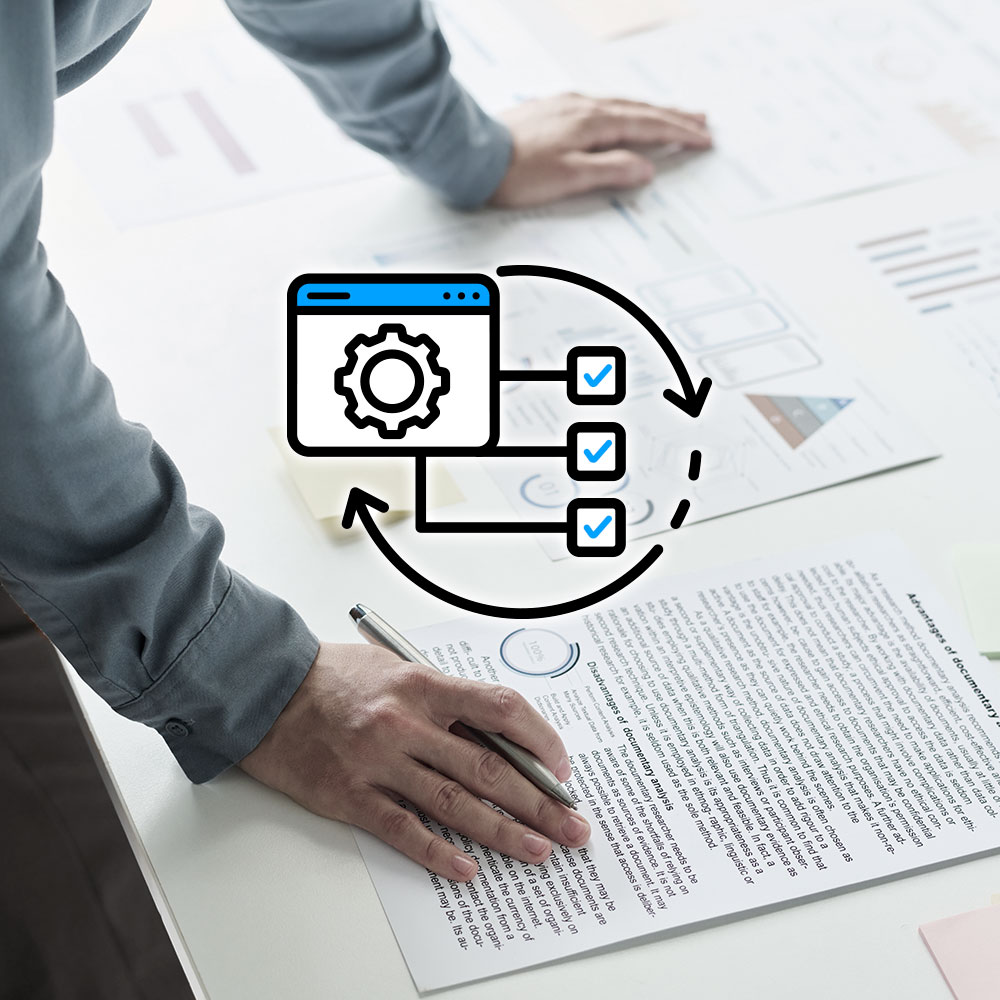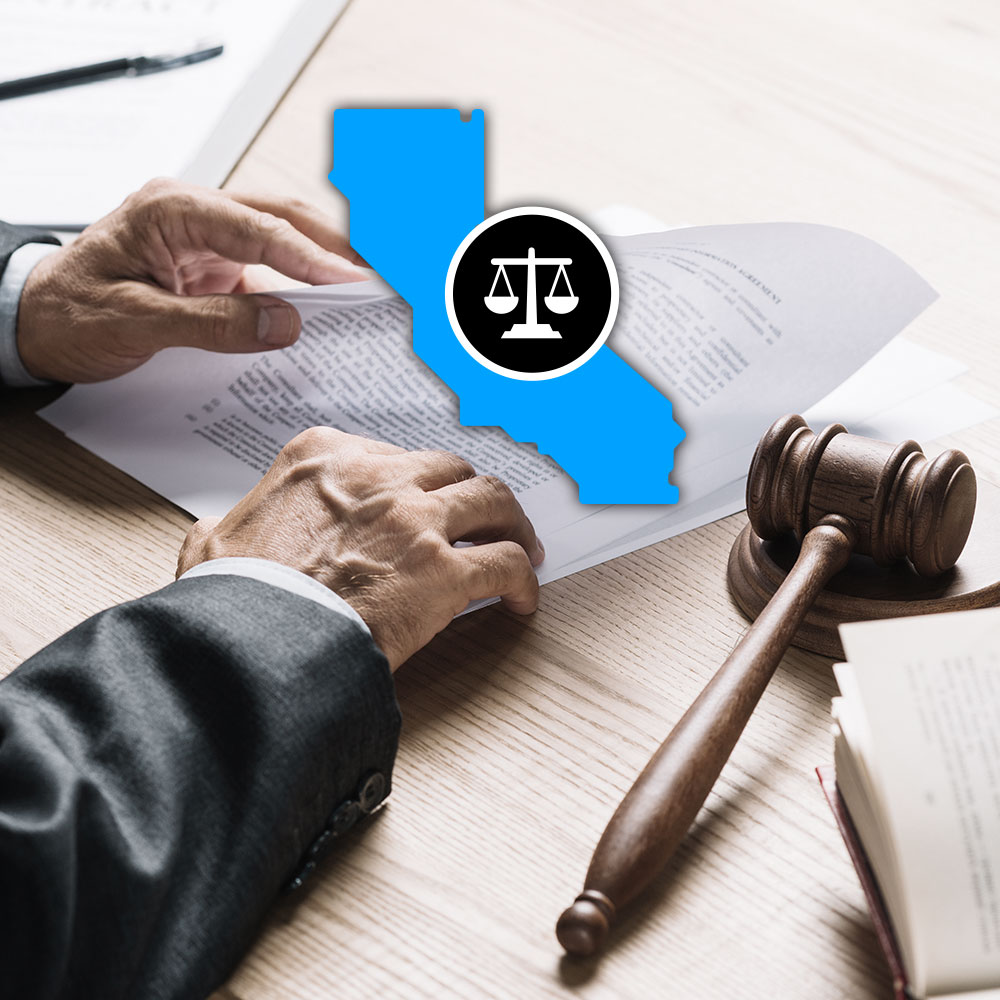Privacy compliance used to be simpler. Your team would perhaps update privacy notices yearly, run occasional audits, and call it a day.
Now, it’s a daily challenge for enterprise companies that need to manage user consent across dozens of tools and platforms while navigating global privacy laws. You could spend countless hours reviewing tools one by one, checking boxes manually, and customizing implementations. This approach isn’t just time-consuming: it’s prone to errors and impossible to scale.
Manual processes that worked a few years ago simply can’t keep up with today’s privacy regulations.
But here’s the good news: automation is changing how we handle data and privacy compliance, making it simpler and more reliable than ever.
What is compliance automation?
Compliance automation means using technology to minimize manual, administrative work in compliance activities.
With dedicated software solutions, companies can automate compliance to streamline various compliance procedures relevant to their industry.
Compliance automation tools track internal systems, processes, and controls to check for adherence to the granular policies of applicable regulations and standards without requiring ongoing involvement.
For example, when a user updates their privacy preferences, these changes automatically apply across connected tools and platforms.
This reduces the need for manual workflows while providing real-time insights that help organizations stay on top of compliance. As a result, companies not only boost efficiency, but can also continuously uphold regulatory standards.
Manual versus automated compliance management
Traditional, more manual compliance relies heavily on spreadsheets, email chains, and individual tool reviews. This approach typically requires privacy teams to spend hours gathering evidence, conducting access reviews, and documenting their findings. And because it’s time-intensive, manual compliance often means playing catch-up rather than staying proactively compliant.
In contrast, automated compliance streamlines these tasks. Consent preferences sync across tools, access reviews run on schedule, and documentation updates in real-time as systems change. Automation not only reduces administrative burden but can also strengthen security.
In fact, companies using security AI and automation saved an average of USD 2.2 million in breach costs compared to those without automation. By shifting to an automated approach, privacy teams can focus on strategy rather than routine tasks, improving both compliance and risk management.
Why is compliance automation important?
Managing consent at scale and keeping up with changing privacy laws across different regions can feel overwhelming. For many companies, manual compliance is a constant struggle.
Plus, privacy regulations have evolved rapidly in recent years:
- The General Data Protection Regulation (GDPR) in Europe introduced strict consent rules and data subject rights.
- The California Consumer Privacy Act (CCPA) set new transparency obligations, and the California Privacy Rights Act (CPRA) expanded consumer protections even further.
- Laws in states Virginia, Colorado, Utah, and Connecticut each add their own requirements, and many states are already passing amendments to their privacy laws.
- Global regulations like Brazil’s Lei Geral de Proteção de Dados (LGPD) and China’s Personal Information Protection Law (PIPL) create additional complexity.
Each law comes with its own definitions, enforcement mechanisms, and compliance obligations. So, a manual approach means constantly researching updates, retraining staff, and making changes across multiple systems. It’s an ongoing, resource-heavy process.
Given the number of global privacy laws, it’s no surprise that 95 percent of businesses are working to build a culture of compliance. But with regulations shifting, budgets tightening, and security threats increasing, keeping up can feel like an endless game of catch-up. That’s why more companies are turning to compliance automation.
Compliance automation helps businesses stay ahead of regulatory changes, strengthen security, and build customer trust. Instead of reacting to new requirements as they come, companies can implement scalable solutions that evolve with the laws, reducing risk while making compliance more efficient.
Benefits of compliance automation
Keeping up with privacy regulations is a constant challenge, especially when relying on manual processes. Compliance automation removes much of the repetitive, time-consuming work, helping teams stay accurate, efficient, and ahead of regulatory changes.
Here’s why more and more companies are choosing to automate their data privacy compliance.
- Cuts down on repetitive tasks: Automating compliance processes frees up time and resources previously spent on manual privacy work.
- Reduces human error: Manually updating privacy settings across multiple tools increases the risk of mistakes. Automation checks operations and applies changes consistently.
- Speeds up campaigns and projects: Automated compliance checks happen almost instantly, eliminating delays caused by manual reviews.
- Improves efficiency: Automation streamlines workflows, eliminates bottlenecks, and continuously maintains compliance.
- Provides real-time monitoring and reporting: A centralized compliance view helps teams spot and address risks early, so there’s no need to panic in the face of last-minute audits.
- Lowers costs: Automation reduces the need for large compliance teams and external audits while helping businesses avoid costly noncompliance penalties.
Instead of playing catch-up, companies can take a proactive approach. They can save time, reduce risk, and stay compliant without the extra workload that comes with manual compliance.
How does compliance automation work?
Think of compliance automation as a central control system for your privacy operations. It connects to your marketing tools, analytics platforms, and other systems through Application Programming Interface (API) integrations.
So, when an event happens — such as a user updating their privacy preferences — the system automatically applies the necessary changes across your technology stack.
But automation goes beyond handling individual events. It keeps compliance running smoothly in the background while covering three key areas: management, monitoring, and testing.
Automated compliance management
Automated compliance management covers your privacy program’s day to day operation. It handles tasks like syncing consent preferences, maintaining documentation, and keeping privacy practices consistent across systems.
For example, when a user updates their consent preferences on your website, an automated system will:
- Record the change in a central database
- Push updates to connected marketing tools like analytics, customer relationship management (CRM), and advertising platforms
- Generate and store a record of the change for future audit purposes
- Apply the appropriate data handling rules based on the user’s new preferences
All of this happens without manual intervention, which means that consent choices are respected instantly across your entire technology ecosystem.
Automated compliance monitoring
Automated compliance monitoring acts as an early warning system. Rather than discovering problems during periodic manual reviews, the system continuously checks for potential issues and will alert you when something needs attention.
A good monitoring system will:
- Regularly scan your website and apps for unauthorized trackers or tags
- Check that privacy notices match your actual data collection practices
- Verify proper consent collection before data processing begins
- Alert teams to potential compliance gaps before they become significant issues
This continuous monitoring approach means you’re no longer working with outdated compliance information or discovering problems months after they appear.
Automated compliance testing
Automated compliance testing helps verify that your privacy practices work as intended. It can regularly check system configurations, test consent collection and management, and support proper data handling across your tools.
Automated testing might include:
- Simulating user interactions with consent mechanisms to verify proper function
- Checking data flows to ensure information only moves where permitted
- Verifying that privacy preferences persist across user sessions
- Confirming that data subject rights requests are properly processed
By automating these tests, organizations can maintain confidence in their privacy practices without spending time and resources on manual verification for every scenario.
How to get started with compliance automation
Here’s a quick run-through of how you can implement compliance automation.
1. Assess your current compliance needs
Begin by identifying your regulatory obligations. These will be based on your business activities, geographic scope, and industry. Determine which specific compliance areas cause the most friction in your operations.
2. Map your technology ecosystem
Document all the tools, platforms, and systems that process personal data. These may include marketing analytics, CRM systems, email platforms, advertising tools, and website technologies. Understanding your tech landscape will make for smoother integration.
3. Define your compliance automation goals
Identify the compliance tasks that will benefit most from automation. Prioritize areas that are time-consuming or prone to error, such as:
- Consent management across systems
- Documentation and evidence collection
- Vendor risk assessment
- Data subject rights fulfillment
4. Select the right automation platform
Focus on finding an automation platform that integrates seamlessly with your existing technology stack. It should meet the unique needs of your industry and be scalable as your business grows.
Additionally, choose a platform that provides regular updates to stay aligned with evolving regulations.
5. Implement automated regulatory compliance in phases
Start with thoroughly automating one compliance area before expanding. Many companies begin with consent management automation before moving to more complex areas, like documentation or testing.
6. Train your teams
Make sure your marketing, IT, and legal teams understand the new automated workflows and their responsibilities within the system.
7. Monitor and refine
Regularly assess the effectiveness of your automation solution and adjust as needed to improve efficiency and compliance outcomes.
Common challenges of compliance automation and how to overcome them
While compliance automation offers significant benefits, successful implementation comes with challenges. Here’s how to overcome some of the most common obstacles.
Integration complexities
One of the main challenges is connecting automated systems with existing tools and platforms. To do so, start with key integrations and expand gradually.
Work with vendors that offer pre-built connections to common platforms, and prioritize automation for systems that handle sensitive data or present the highest compliance risks.
Middleware solutions can also help bridge gaps between systems that don’t have native integration capabilities.
Team adoption
Getting teams to trust and effectively use automated solutions can be difficult. To ease the transition, provide clear training on new workflows and demonstrate how automation saves time and reduces errors.
Involve key stakeholders early in the implementation process and document success stories where automation prevented compliance issues or improved efficiency.
Simple guides explaining how automation changes daily processes for different teams can also be helpful.
Maintaining human oversight
Finding the right balance between the ease of automation and the necessity of human judgment is crucial. Automate routine tasks, but keep strategic decision-making in the hands of your team.
Set clear criteria for when human review is necessary and establish escalation paths in case potential issues arise.
Regularly review how automation is performing, and adjust human oversight as needed.
Managing upfront costs
The initial investment in compliance automation can raise concerns. While it’s true that there is an upfront cost for software and implementation, the long-term savings quickly offset these expenses by reducing compliance overhead and avoiding costly fines.
Companies may benefit from starting with smaller automation projects that demonstrate clear ROI. Alternatively, consider phased implementation approaches to spread costs over time.
Automated compliance across different industries
Compliance automation needs vary significantly across industries, with each sector facing unique regulatory requirements and operational challenges. Organizations need to understand industry-specific applications to implement the most effective compliance automation strategies.
Automated compliance in the finance industry
The finance and banking industries operate under some of the strictest regulations. Automation plays a crucial role in handling processes like Know Your Customer (KYC), anti-money laundering (AML) checks, and risk assessments.
For financial institutions, compliance automation can simplify tasks like:
- Verifying customer identities
- Monitoring transactions for suspicious activity
- Managing regulatory reporting across various jurisdictions
- Collecting evidence for audits
- Implementing privacy policies on digital platforms
This approach not only supports compliance but also streamlines operations, enhancing efficiency and the customer experience.
Regulatory compliance automation in the healthcare sector
Healthcare organizations in the US must balance Health Insurance Portability and Accountability Act (HIPAA) compliance, as well as following other regulations, while delivering top quality patient care.
Automation helps manage access to patient data, maintains audit trails, and supports consent management.
In healthcare, compliance automation typically covers:
- Tracking patient consent across systems
- Managing access to protected health information
- Documenting security measures
- Detecting breaches and preparing notifications
- Streamlining HIPAA-compliant marketing workflows
These automated processes enable healthcare organizations to prioritize patient care while safeguarding privacy and meeting regulatory standards.
Automated security compliance in ecommerce
Ecommerce businesses face the challenge of managing privacy compliance across multiple regions. Automated systems help track local regulations, handle cookie consent, and manage data subject rights requests. These steps are especially important as privacy laws continue to evolve globally.
For ecommerce businesses, compliance automation often includes:
- Maintaining cross-border data transfer compliance
- Adhering to Payment Card Industry (PCI) standards
- Managing cookie consent across different regions
- Complying with regional marketing regulations
- Handling user preferences on shopping platforms
These automated solutions enable ecommerce businesses to scale internationally while maintaining consistent compliance with various privacy laws.
IT and security compliance automation
For IT teams, compliance automation is essential for managing security and risk.
Cybersecurity threats are on the rise, and compliance regulations demand strict controls over data access, storage, and usage. Without automation, maintaining compliance can be time-consuming and expensive. However, companies that do implement compliance technology have cited reduced compliance costs by an average of USD 1.45 million.
IT compliance automation also helps businesses stay ahead by enabling continuous security monitoring and aligning systems with industry standards like ISO 27001, NIST, and SOC 2. Common functions of automated compliance solutions include:
- Continuously assessing security posture against regulatory requirements
- Automatically documenting security controls for audit purposes
- Regularly scanning for unauthorized system changes or configurations
- Collecting evidence of security practice implementation
- Streamlining security incident response workflows
Patching is another critical compliance requirement that automation makes more manageable. Security patches must be applied promptly to prevent vulnerabilities, yet manual patching can be inconsistent and prone to delays. Automated patching keeps systems up to date, which reduces security risks and keeps organizations in compliance with regulatory requirements.
Access management also plays a key role in IT compliance automation. Many regulations require strict control over who can access sensitive data. Instead of relying on manual reviews, compliance automation enforces user access policies, automates regular access reviews, and ensures proper role-based controls, which minimizes the risk of unauthorized access.
By integrating compliance automation into security processes, IT teams can reduce costs, minimize regulatory risk, and maintain continuous compliance without the burden of manual upkeep.
How Usercentrics can help your compliance automation efforts
Manual compliance processes take too much time, increase the risk of errors, and are difficult to keep up with as regulations change. Compliance automation helps businesses stay on top of requirements without the constant manual effort.
Usercentrics Consent Management Platform can help you simplify privacy compliance by automating key tasks like consent management across your websites and apps. We’ll help make it easier to follow privacy laws such as the GDPR and the CPRA.
Usercentrics can help you:
- Automate consent collection with customizable, on-brand user interfaces that meet regulatory requirements across jurisdictions.
- Sync consent preferences automatically across your technology stack, helping you achieve consistent privacy standards throughout your digital ecosystem.
- Provide comprehensive and secure compliance records to maintain complete audit trails of consent activities and privacy preference changes.
- Monitor compliance status through real-time dashboards that highlight potential issues before they become problems.
Instead of tracking regulations manually, businesses can rely on our compliance automation to collect data and user permissions in a privacy-compliant way.




